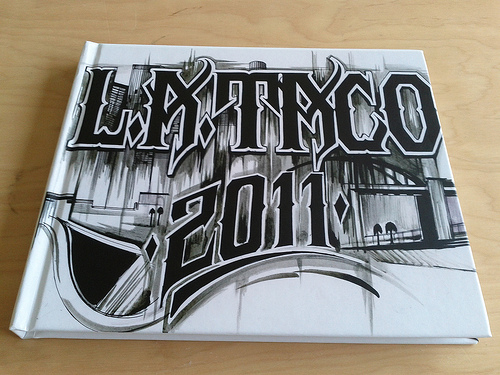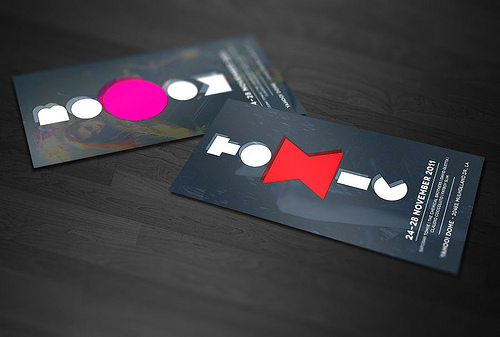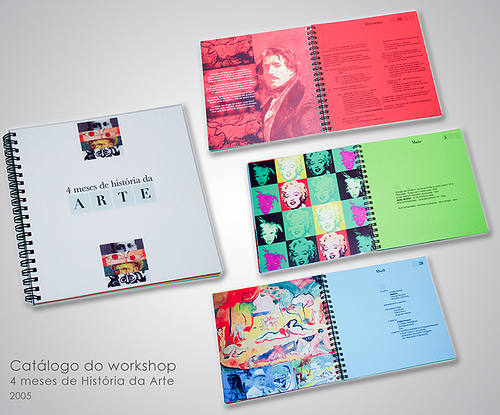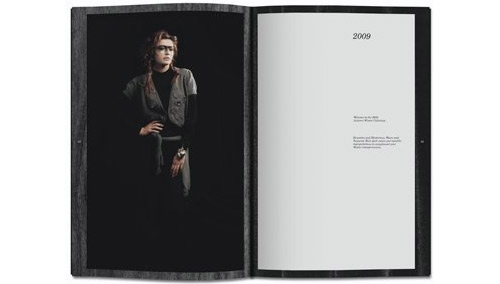In a world that’s increasingly moving online, it’s tempting to eschew physical media. Websites are more interactive, dynamic, inexpensive, and accessible. You can link to your site from Facebook, have a mobile version for people to view on their tablets and phones, and even incorporate audio and video to enhance your photos. But that’s not a reason to avoid printing your work for people to see.
When the printing press was invented, people didn’t stop writing by hand. In fact, calligraphy came to be a treasured form of art. Video didn’t kill the radio star, despite musical statements to the contrary. Neither has the Internet made obsolete business cards, brochures, or other physical media. The following are a few reasons why you should consider creating portfolio booklets for your graphic design business, along with a few tips for success.
Take Control of Your Work
When you put a picture online, you’re depending on every user to have a properly calibrated, high-resolution monitor that can do justice to your hard work. If they have a dirty, smudged, dim, poorly calibrated screen, your photo suffers. But when you print a portfolio, you get to control the color, the gloss, the weight of the paper, and all the details that make your artwork shine.
Tip: Choose only a few of your best and most up-to-date pieces rather than trying to cram in too much. Remember, the display of your work speaks just as much about your skills as does the work you include. Therefore, keep the design simple and clean to better demonstrate your abilities as a graphic designer.
Create Neural Pathways
Our brains are based on neural connections – brain cells that interact with each other due to external stimulus. When we see something on a screen, there are a few brain connections made, mostly visual. But, if you add the feel of the paper, the smell of the ink, the sound of the pages, and all the other sensations that come with a physical booklet, you’re adding neural connections. The more connections, the easier it is for people to remember you and the more likely they’ll call you when they need your design services.
Tip: Make sure to include a call-to-action, such as “Call for a quote today!” or “Visit DesignSite.com to see more!” You can also provide more incentive by including a timely coupon or discount. For instance, you can make a certain service “20% off for the month of July! Call or visit our website today!”
Reach a Wider Audience
Sure, millions of people are online. It makes sense that being on the Internet will give you the best distribution of your photography. And it’s true, you will reach more people if you’re work is online. But you won’t necessarily reach more kinds of people. You’re limited to the people who go online to research their choices. What about all the people who can’t or won’t go online but still need photography? The widest possible reach for your audience is through a physical booklet that shows off your work, which is why you may want to consider printing a stack of portfolio brochures that mirror a larger booklet that remains with you or in your studio. This way, you can mail them to prospects or hand them out at events to give them something to remember you by.
Tip: Tri-folded and tabbed brochures mail at the normal first-class letter rate, but you can also choose a more unique fold, such as accordian, and still mail at the normal rate. You just have to make sure your brochure portfolio adheres to the post office’s restrictions.
As a graphic designer, physical portfolio booklets and brochures are a must. Give your prospects a sample of what you can do for them and they are more likely to get excited about hiring you at the prices you require.
Author Bio: This post is contributed by Tara Hornor. Tara Hornor has a degree in English and has found her niche writing about marketing, advertising, branding, web and graphic design, and desktop publishing. She writes for PrintPlace.com, an online printing company that offers brochure printing, business cards, flyers, posters, postcards, booklet printing services, and more printed marketing media. In addition to her writing career, Tara also enjoys spending time with her husband and two children. Connect with @TaraHornor on Twitter.






Yup absolutely right!!! With booklets, one can reach wider audience
Excellent tips for booklet printing. Before reading this post, I was not taking keen interest in booklets but now I’m thinking to get some booklets for my business too !!